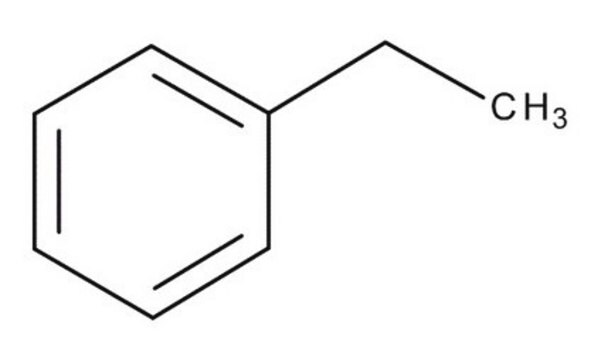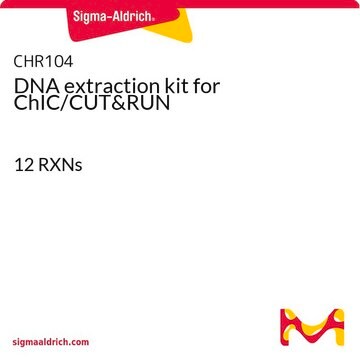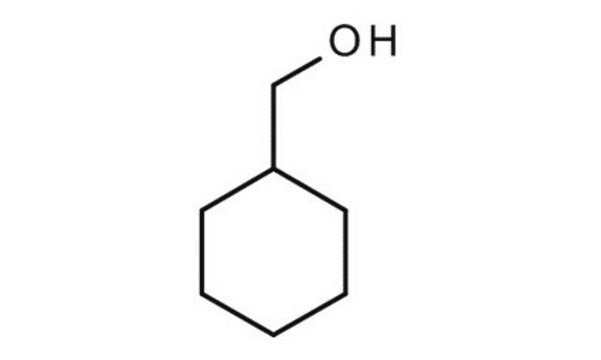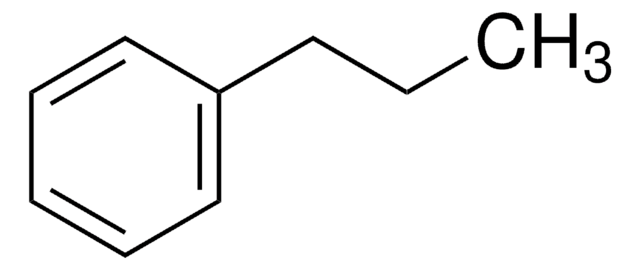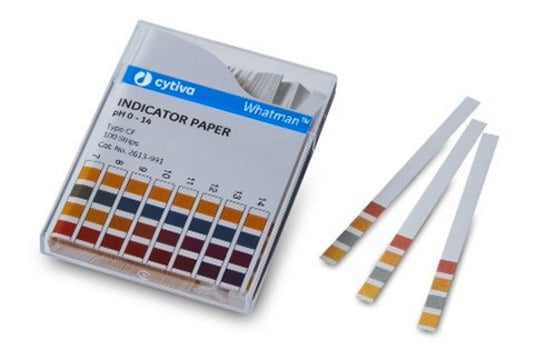E12508
Ethylbenzene
ReagentPlus®, 99%
Sinónimos:
NSC 406903, Phenylethane
About This Item
Productos recomendados
grado
reagent
densidad de vapor
3.7 (vs air)
presión de vapor
10 mmHg ( 20 °C)
19 mmHg ( 37.7 °C)
Línea del producto
ReagentPlus®
Ensayo
99%
Formulario
liquid
temp. de autoignición
810 °F
lim. expl.
6.7 %
dilution
(for general lab use)
índice de refracción
n20/D 1.495 (lit.)
bp
136 °C (lit.)
mp
−95 °C (lit.)
densidad
0.867 g/mL at 25 °C (lit.)
cadena SMILES
CCc1ccccc1
InChI
1S/C8H10/c1-2-8-6-4-3-5-7-8/h3-7H,2H2,1H3
Clave InChI
YNQLUTRBYVCPMQ-UHFFFAOYSA-N
¿Está buscando productos similares? Visita Guía de comparación de productos
Descripción general
Aplicación
Información legal
Palabra de señalización
Danger
Frases de peligro
Consejos de prudencia
Clasificaciones de peligro
Acute Tox. 4 Inhalation - Aquatic Chronic 3 - Asp. Tox. 1 - Flam. Liq. 2 - STOT RE 2
Órganos de actuación
hearing organs
Código de clase de almacenamiento
3 - Flammable liquids
Clase de riesgo para el agua (WGK)
WGK 1
Punto de inflamabilidad (°F)
71.6 °F - closed cup
Punto de inflamabilidad (°C)
22.0 °C - closed cup
Elija entre una de las versiones más recientes:
¿Ya tiene este producto?
Encuentre la documentación para los productos que ha comprado recientemente en la Biblioteca de documentos.
Los clientes también vieron
Nuestro equipo de científicos tiene experiencia en todas las áreas de investigación: Ciencias de la vida, Ciencia de los materiales, Síntesis química, Cromatografía, Analítica y muchas otras.
Póngase en contacto con el Servicio técnico
